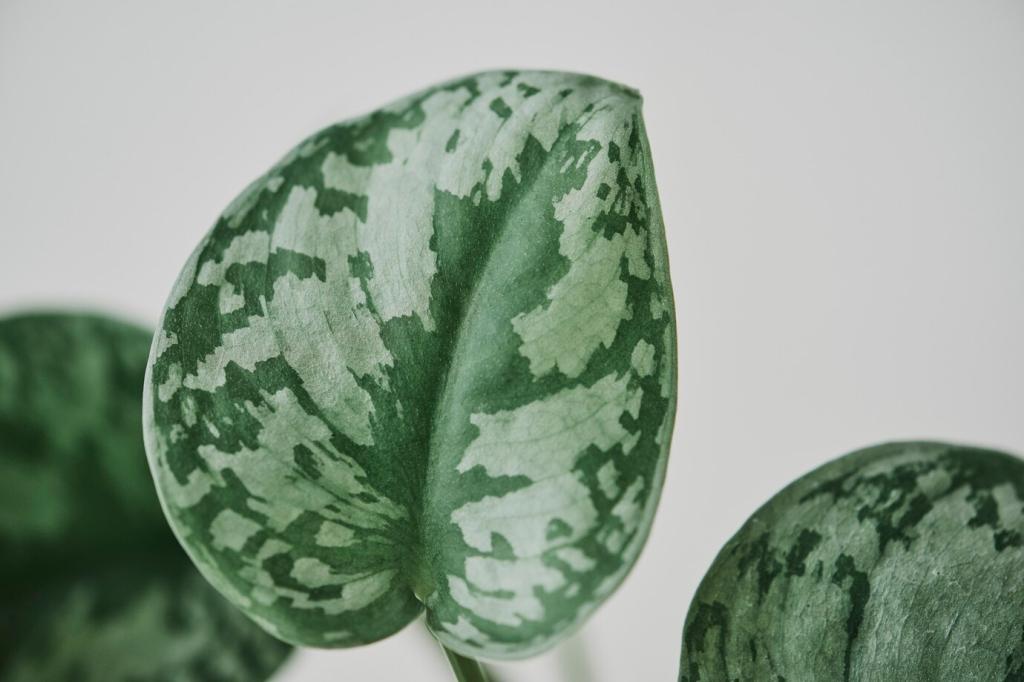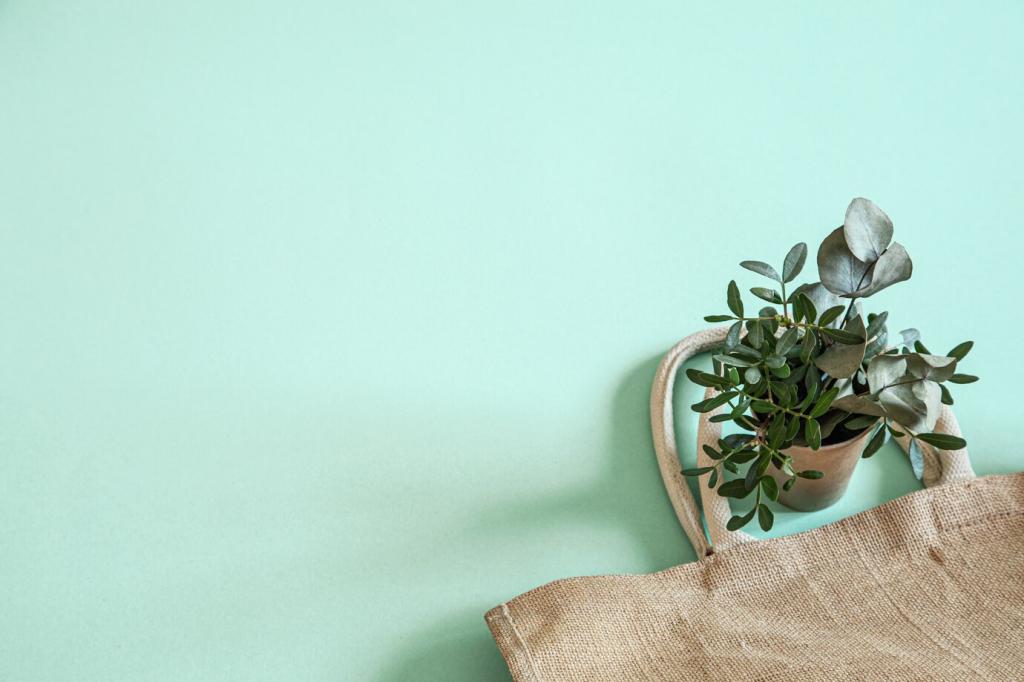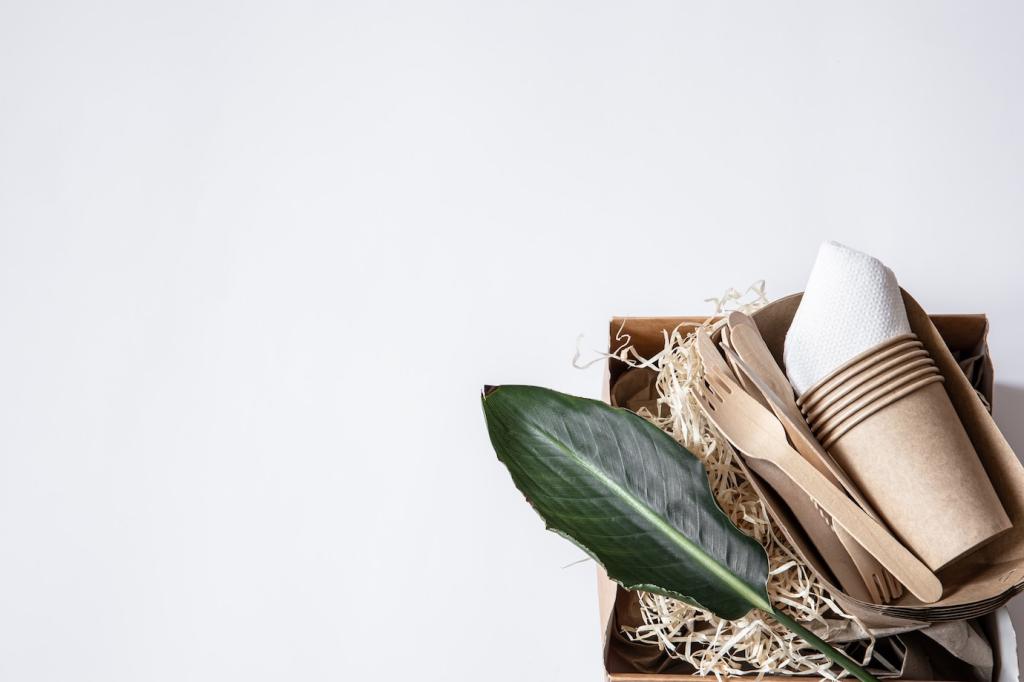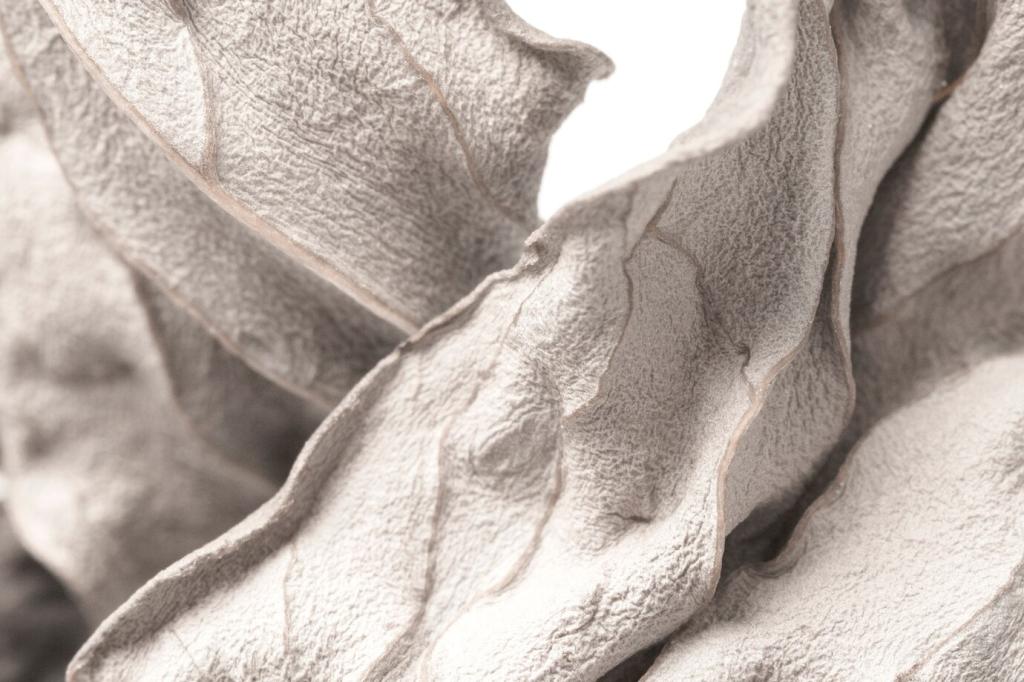
Live Light: Sustainable Materials in Minimalist Home Design
Chosen theme: Sustainable Materials in Minimalist Home Design. Welcome to a calm, conscious way of living where every surface, color, and object earns its place—ethically sourced, beautifully restrained, and built to last. Join us, share your questions, and subscribe for weekly inspiration rooted in sustainability and simplicity.
What “less but better” really means
Owning fewer, higher-quality pieces reduces waste, visual noise, and long-term costs. Sustainable materials elevate this idea, ensuring every item respects natural resources. Ask yourself: does this object serve daily use, spark quiet joy, and carry a responsible origin story?
Designing with lifecycle in mind
Think beyond purchase: How is it made, used, maintained, and eventually disassembled or composted? Materials with circular pathways—recyclable metals, reusable joinery, biodegradable fibers—ensure your minimalist home stays beautiful without leaving hidden environmental debt behind.
A small apartment, a big shift
When Lina downsized to a studio, she chose reclaimed oak shelving and a cork runner. Her space felt larger, quieter, and warmer. Share your downsizing stories and tell us what material changed your space most meaningfully.

Material Atlas: Renewable, Recycled, Responsible
Rapidly renewable heroes: bamboo and cork
Bamboo can regenerate astonishingly fast, while cork is harvested without felling trees. Both offer warm textures and excellent durability for floors or furniture. Ask vendors about adhesives and finishes to keep emissions low and performance consistent over time.
Reclaimed wood, recycled metals, and glass
Reclaimed wood carries history and sequestered carbon; recycled aluminum and steel reduce energy use compared to virgin mining; recycled glass brings calm sheen to counters. Verify processing methods and sealants to ensure a quiet minimalist look that endures daily life.
Healthy walls: lime, clay, and low-VOC paint
Lime and clay plasters breathe, regulate humidity, and deliver soft matte depth. Low-VOC paints reduce indoor air pollutants. Choose neutrals inspired by stone and sand for minimalist calm, and share your favorite brands that balance durability with indoor air quality.
Sourcing Smart: Labels, Audits, and Localism
Look for FSC or PEFC labeling to ensure wood is responsibly managed, biodiversity is protected, and communities benefit. Pair certification with reclaimed options when possible to minimize new extraction while preserving the warm minimal aesthetic of natural timber.
Cradle to Cradle highlights circular design, EPDs quantify environmental impacts, and GREENGUARD addresses emissions. Ask suppliers for documents and confirm product scope. Share a photo of your label stash, and we will help decode the fine print together.
Choosing locally quarried stone, regional woods, and neighborhood fabricators reduces transportation impacts and supports skilled craftspeople. Minimalist design thrives on proximity: fewer miles, clearer provenance, and responsive collaboration. Tell us your city and we’ll map local leads.
Room-by-Room Minimalist Upgrades
Opt for flat-front FSC-certified cabinets finished with plant-based oils, recycled-paper or glass composites for counters, and a single open shelf in reclaimed wood. Durable, quiet hardware keeps lines clean and maintenance simple. Tell us your most-used sustainable kitchen swap.
Longevity, Care, and Circularity
Finishes that age gracefully
Hardwax oils, soap finishes, and breathable sealers allow wood and stone to patinate rather than peel. They are spot-repairable, reducing waste and keeping surfaces tactile. Ask your supplier about reapplication intervals and post a before-and-after of your refreshed surface.
Design for repair and modular swaps
Choose furniture with visible screws instead of permanent glues, modular shelves, and replaceable cushion covers. Repairability extends life and avoids landfill. Tell us which piece you repaired instead of replacing, and what tools made the difference.
The beauty of patina: a quick story
A family’s cork floor darkened subtly along a sunlit path, telling years of breakfasts and book corners. Rather than hide it, they embraced the pattern. Share your favorite patina moment and how it adds soul to your minimalist space.

Build from stone gray, sand beige, warm oak, and off-white limewash. These hues keep rooms open while framing the textures of cork, linen, and clay. What natural tone grounds your home and why does it feel calming to you?

Let raked plaster, woven jute, and brushed metal add subtle depth. In minimalist rooms, texture carries interest without clutter. Post your favorite texture pairing—perhaps cork with matte black steel—and we’ll explore combinations in a future feature.

Use sheer curtains, light shelves, and reflective limewash to bounce daylight. Complement with warm, efficient LEDs and simple fixtures. Share your window orientation, and we will suggest strategies to soften glare while preserving your serene, minimalist glow.
Budget-Friendly, High-Impact Moves
Focus first on floors, paint, and one statement storage piece. These elements set tone and function. Choose cork or reclaimed wood, low-VOC paint, and a modular FSC-certified cabinet. What single change would transform your space most for the least cost?

Community, Impact, and Next Steps
Estimate embodied carbon using product EPDs and compare reclaimed versus new options. Small decisions—local sourcing, durable finishes—add up. Tell us what metric you want help tracking, and we will build a guide tailored to your project.
Community, Impact, and Next Steps
Post a before-and-after and list the materials you chose. Mention which certification guided your choice and what you would improve next time. Your story could be the nudge someone needs to start sustainably.


